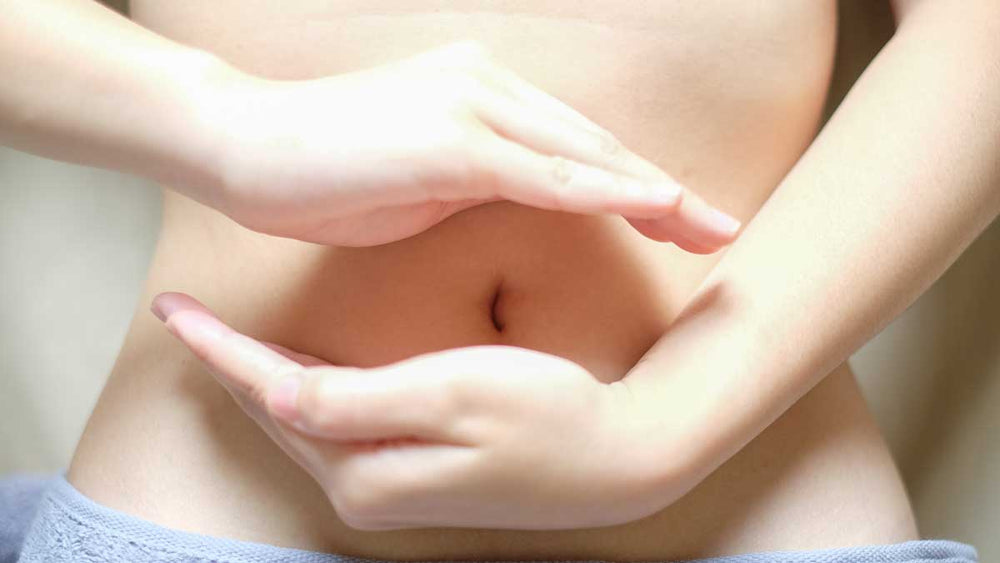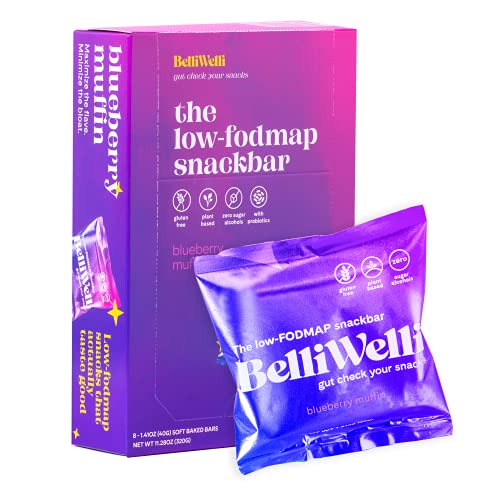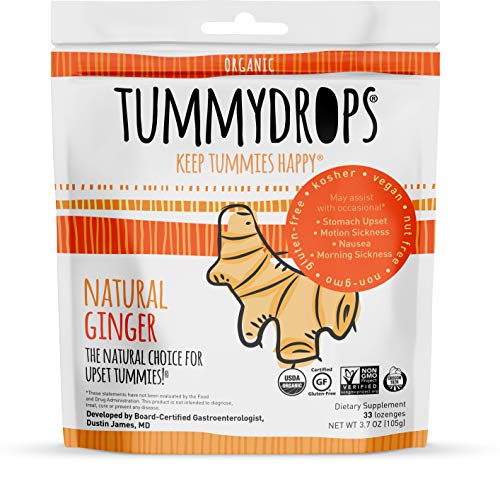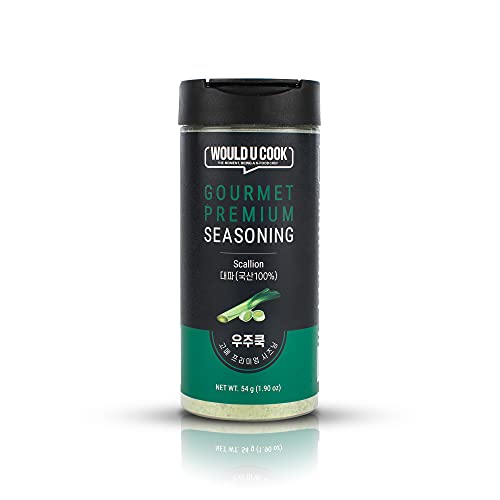You've come to the right place if you are looking for some relief.
Constipation is common, with nearly 16% of adults suffering from symptoms of constipation and 33% of adults ages 60 and older suffering from symptoms of constipation.
Constipation can be described as having hard, dry, or lumpy stools, stools that are hard or painful to pass, a feeling that you have not had a complete bowel movement or fewer than three bowel movements per week.
When the digestive system is ideally working, food is eaten, digested, and passed, usually within 20-56 hours. Longer-lasting constipation typically occurs when disease, poor diet, physical blockage, slow contractions, or other factors cause stool to move through the colon slower than usual.
What can I do to help relieve constipation?
Per the National Institute of Diabetes and Digestive and Kidney Diseases, some options to help relieve constipation include:
- Eat high-fiber foods and make sure you get enough fluid! If you supplement with fiber powder, drink a lot of water as fiber powder without sufficient water may be more constipating.
- Physical movement, including walking, yoga, swimming, or cycling, can be appropriate activities to help reduce symptoms of constipation.
- Bowel training includes training yourself to have a bowel movement simultaneously each day. Try relaxing your muscles and putting your feet on a non-slip footstool (like a Squatty Potty) to make yourself more comfortable.
- Talk to your medical provider about what over-the-counter supplements may be best for you. Some choices may include fiber supplements, osmotic agents like Miralax, stool softeners, and stimulants like Dulcolax.
- Your medical provider may prescribe medications for constipation. There is even a drug-free vibrating medication available now!
- Abdominal massage
Abdominal massage for constipation.
Abdominal massage is a gentle, non-invasive technique that does not require much physical effort. Through the stimulation of blood flow to and from organs, nerves, and muscles in the stomach region, abdominal massage also helps to improve oxygen circulation. This blood and oxygen circulation helps the body to provide more nutrients to the digestive organs and relax tension in the abdominal area, both of which help to alleviate constipation.
Abdominal massage helps to increase peristalsis, decrease bloating, increase bowel transit time, and increase the number of bowel movements. It can also help reduce the risk of regurgitation if done twice daily for 15 minutes before feedings.
How can I learn to do an abdominal massage?
You can find many resources on how to complete an abdominal massage, including written instructions and videos. To try an abdominal massage at home, give the technique below a try!
- Start lying on your back and using massage oil/lotion on your stomach.
- Bring your knees to your chest and gently squeeze for 1-2 minutes; then release.
- Put both hands in the middle of your stomach, below your belly button, and pull your hands up towards your ribs using medium pressure. Could you do this ten times?
- Put both of your hands just above your tailbone. Please bring them to the front and down over your hips towards your groin. Do this ten times.
- Place a fist with your right hand on your stomach, between your hip bone and belly button. Press firmly into your stomach and slide your hand in a circular motion toward your ribs, across your stomach, down to your left hip bone, and back across the bottom. Do this ten times.
- With your hands still fisted, make firm circular motions at your ribs on your left. Move to the left hip bone, then the right hip bone, and finally, your right rib cage - making the circular motion each time. Do this ten times.
- Finish the massage by doing 2 minutes of step 5.
An abdominal massage is a handy tool for sufferers of constipation. However, it is only for some. Do not partake in abdominal massaging for constipation if you have inflammatory bowel disease, have a swollen colon with IBS, are pregnant, have a stomach wound, or have an unstable spine injury. Also, if you are experiencing severe or persistent constipation, please consult your medical provider for further evaluation and treatment.
- U.S. Department of Health and Human Services. (n.d.). Definition & Facts for constipation - NIDDK. National Institute of Diabetes and Digestive and Kidney Diseases. Retrieved April 28, 2023, from https://www.niddk.nih.gov/health-information/digestive-diseases/constipation/definition-facts
- Sinclair, M. (2010, August 25). The use of abdominal massage to treat chronic constipation. Journal of Bodywork and Movement Therapies. Retrieved April 28, 2023.
- U.S. Department of Health and Human Services. (n.d.). Treatment for constipation - NIDDK. National Institute of Diabetes and Digestive and Kidney Diseases. Retrieved April 28, 2023.
- Ali, Z. H., Abd El mawla, T. S., & Hafez, A. A. (n.d.). Effect of abdominal massage technique on gastrointestinal complications for critically ill patients. Helwan International Journal for Nursing Research and Practice. Retrieved April 29, 2023.
- WebMD. (n.d.). Massage for constipation: How to find relief. WebMD. Retrieved April 28, 2023.
- YouTube. (2017, May 24). Abdominal self-massage for constipation. YouTube.





















Comments
Join The Conversation...